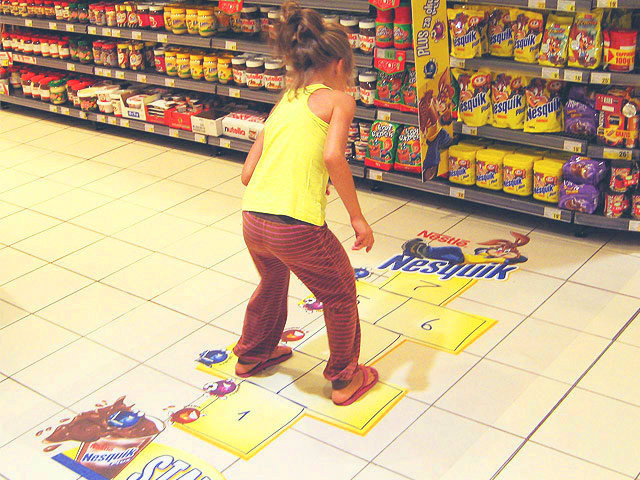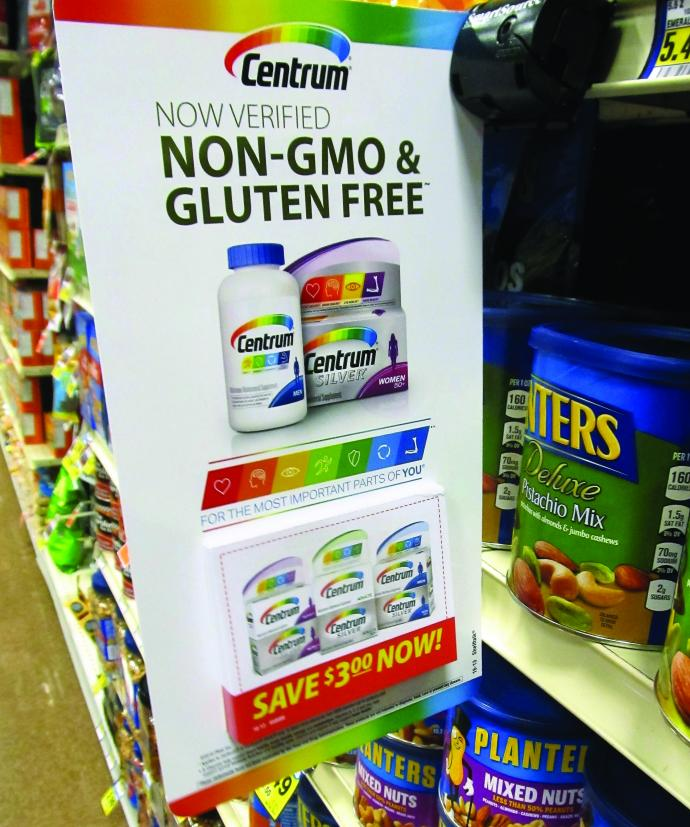POP (Point of Purchase) marketing is a strategy that entails clever placement of consumer products and aims at their promotion. It helps generate sales with the help of physical retail locations.
In this article, we’ll review the importance of POP marketing and see several examples of point-of-purchase displays.
Why is POP marketing important?
Since the modern competitive environment requires companies to provide their target audience with a unique and personalized experience, many companies turn to floor graphics, shelf-talkers, and end caps in retail stores. They help present products to their audience and show their key benefits. Hence, the main advantage of point-of-purchase displays is consumers’ instant attention.
Different startups use POP marketing to gain a position in the market because this strategy helps interest store visitors and inform them about certain products. Various displays enable brands to stand out, deliver essential information, and locate products in the right way to build brand awareness.
Besides attention-grabbing features, displays help build a strong brand image. By using this technique, startups can obtain a customer base, increase brand awareness, and educate leads about their products. At the same time, well-established companies can reach new prospects, retain customers, and obtain customer loyalty. Well-placed displays entice consumers to make purchases and leave a long-term impression on them. Lastly, such displays encourage impulse buying, which increases sales volume.
Now let’s proceed to the examples.
Examples of POP Displays
Both big and small companies use POP displays in stores to attract people, make them recognize their brands, and entice consumers to purchase. It’s no secret that famous brands pay special attention to the strategic placement of their products. Let’s see how they do it.
End Cap from KitKat
An end cap is a display located at the end of an aisle. KitKat decided to use this method because it’s eye-catching, and customers don’t have to go down the aisle to see their products.

Floor Graphics from Nesquik
As customers go down a store’s aisle, brands can draw their attention by placing floor graphics. Nesquik managed to create floor graphics in the form of a game and reach children — their primary target audience. The game was placed right in front of the products so that consumers could take them without searching.

Shelf Talker from Centrum
A shelf talker is a hanging sign on an aisle shelf created to promote products. Centrum, a brand of multivitamins, is a great example. The company’s handing tag is able not only to draw attention but also to educate customers about its products. This ad shows available coupons and informs that these products are gluten-free and non-GMO.

To sum it up, POP displays bring several benefits to a business: they help catch a customer’s eye, strategically locate your products, and target impulse buyers. All these help create brand awareness, increase brand engagement, and boost sales, which results in higher profits.
Resources:
- This article defines the term and reviews different types of POP marketing.
- This article covers different types of displays that help businesses succeed.
- In this article, readers can find out what types of companies use POP marketing and when.
Last Updated: 05.07.2023

or